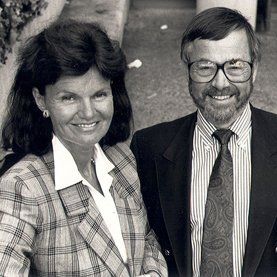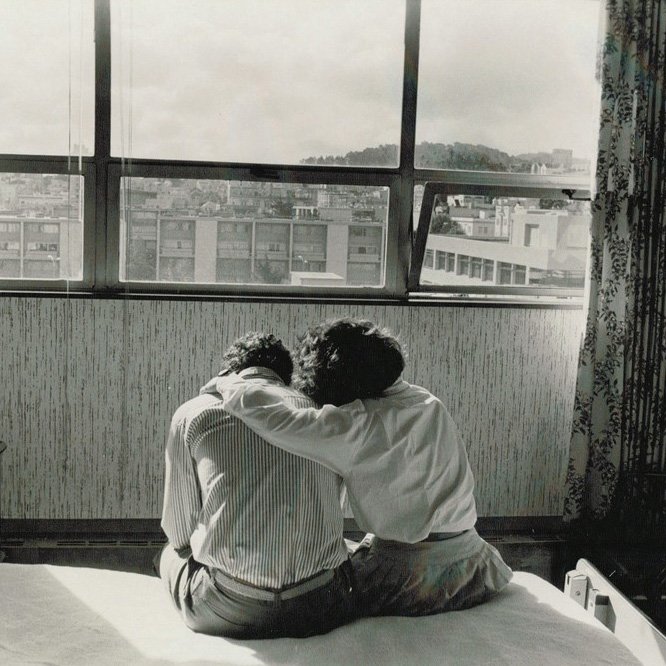AIDS at 40: HIV Prepared Oral Health Settings for COVID-19 Safety Measures
This story is one in a series of first-person perspectives from those who are working on the frontlines to better understand, treat and prevent transmission of HIV and AIDS as well as COVID-19. You can read more about the 40 years of AIDS in SF and how it has shaped the COVID-19 response.

Deborah Greenspan and John S. Greenspan
While there are so many similarities, perhaps a continuum, stark differences exist between the early AIDS story and the COVID-19 experience to date.
In 1981, there was an initially very small group of patients in a defined and heavily stigmatized group – predominantly gay men. It was a disease that was predominantly fatal; a small number of clinicians and investigators committed to the challenge; modest at best funding for care and study and initially no understanding of the cause.
It took years to identify HIV, delineate the epidemiology of transmission, the course of pre-AIDS, HIV infection and AIDS, and to develop reasonably effective treatments, not cures. The AIDS pandemic continues after 40 years and no effective vaccine is available.
In 2019-2021 with SARS-Cov-2 (COVID-19), a rapidly spreading worldwide pandemic, the cause was identified within weeks of the initial discovery, there was huge mobilization of resources in multiple countries, more effective management within a few months, while several effective vaccines were developed and became widely available within a year. The scope of COVID-19 is numerically much greater, with several times as many cases at 1.5 years as AIDS, now four decades long.
For the field of oral health/dentistry and for our programs at UCSF, AIDS/HIV presented significant challenges but some unique opportunities. The clinical presentations encompassed a large variety of oral and related diseases. Many were known lesions, albeit in some cases in new forms, while some, such as hairy leukoplakia, had not previously been described.
Our early efforts focused on defining these conditions and their place in the natural history of AIDS and effective diagnosis and care, on developing rational and practical infection control measures and implementing them in our own clinics, then being part of – indeed leaders in the nationwide and worldwide effort to change clinical practice.
When COVID-19 appeared, our field was in many ways well prepared to introduce measures to safeguard our patients and our personnel. Some of the major challenges with AIDS in the 1980s and 1990s have barely applied to our experience with COVID-19, notably stigma of specific groups of people, reluctance to care for those infected and the management of major clinical oral and related manifestations of AIDS/HIV.
Instead, the approaches of universal infection control developed for AIDS/HIV, albeit modified for the specifics of SARS-Cov-2 infection, have served us well. On the other hand, the closure of laboratories for many months, the introduction of distance learning and video clinical visits where feasible, have been very challenging.
Of course, being part of the extraordinary interprofessional, multidisciplinary environment of UCSF has yet again provided so much to the strength of our contributions, just as it did with AIDS all those years ago. What was learned from AIDS has served us well as part of the basis for our response to COVID-19.
John S. Greenspan, BDS, PhD, and Deborah Greenspan, BDS, DSc, worked closely together during the early days of the AIDS epidemic, contributing to major research breakthroughs in the oral aspects of AIDS and the role of viruses in oral lesions. Their work led to the Oral AIDS Center at UCSF, which was instrumental in teaching physicians, nurse practitioners and other clinicians how to identify oral lesions associated with HIV infection.
40 Years of AIDS in SF
Learn about UCSF’s four decades of work in HIV and AIDS, and how it has informed our response to the COVID-19 pandemic.
